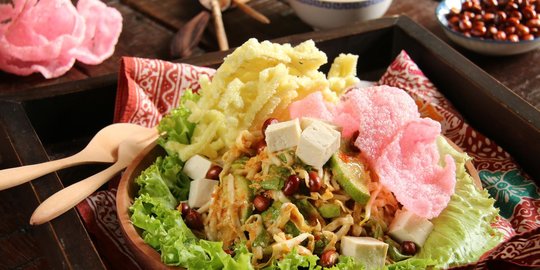

Another examples are nasi kebuli and soto betawi that uses minyak samin ( ghee), which indicates Arab or Muslim Indian influences. Betawi cuisine also shares some recipes and dishes with neighboring Sundanese, such as both of them are familiar with sayur asem, gado-gado ( lotek) and semur jengkol. Because of this common heritage, some of Betawi cuisines, such as asinan and lontong cap go meh, are shared with Chinese Indonesian. On the other hand, asinan, cured and brined pickled vegetables, and rujak juhi, vegetables served with shredded dried squid and peanut sauce, demonstrate Chinese influences. Nasi uduk for example, which is a savory rice cooked in coconut milk and served with several side dishes, may be a local version of the Malay dish nasi lemak. īetawi cuisine is in fact really similar to Peranakan cuisine, as both are hybrid cuisine heavily influenced by Chinese and Malay, as well as Arab and European cuisine, to neighboring Sundanese and Javanese cuisine. During colonial VOC era, foreign communities were kept in enclaves under Dutch colonial rule, as the result the culinary concentration grew in each area: Tanah Abang for Arab cuisine, the Glodok and Kuningan area for Chinese food and Tugu in North Jakarta for Portuguese. By early 16th century, drawn by the spice trade, the Portuguese were the first Europeans to arrive, followed by the Dutch later in the same century. From the small port of Sunda Kalapa, it grew into an active hub of international trade, primarily involving Indonesian, Chinese, Indian and Arab traders. The Betawi cuisine developed and evolved with influences from various cuisine traditions brought by waves of newcomers to the port-city on the north coast of Western Java. Kerak telor vendor selling spicy coconut omelette, a popular delicacy during Jakarta Fair.


 0 kommentar(er)
0 kommentar(er)
